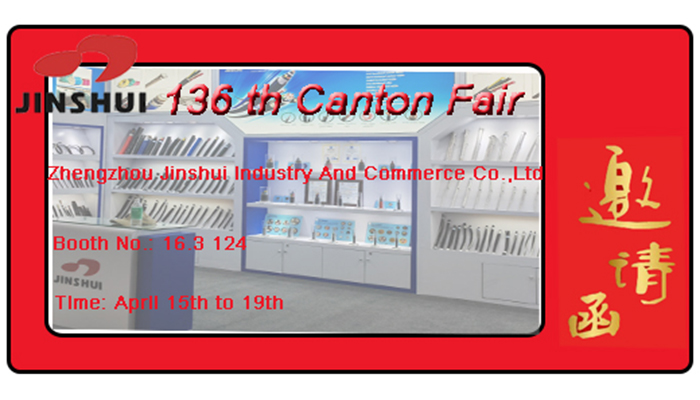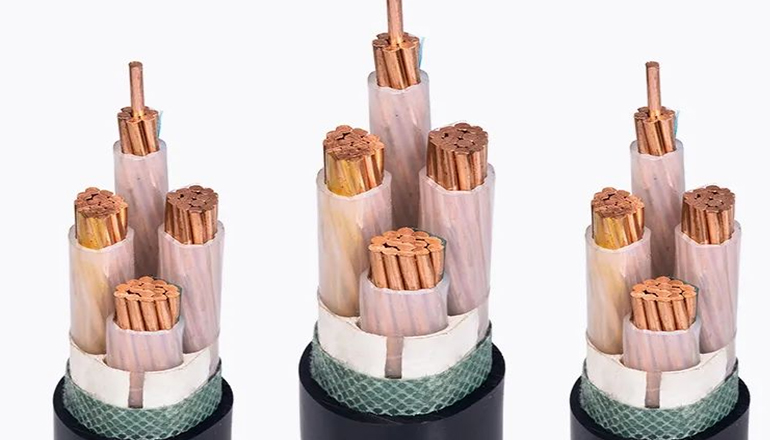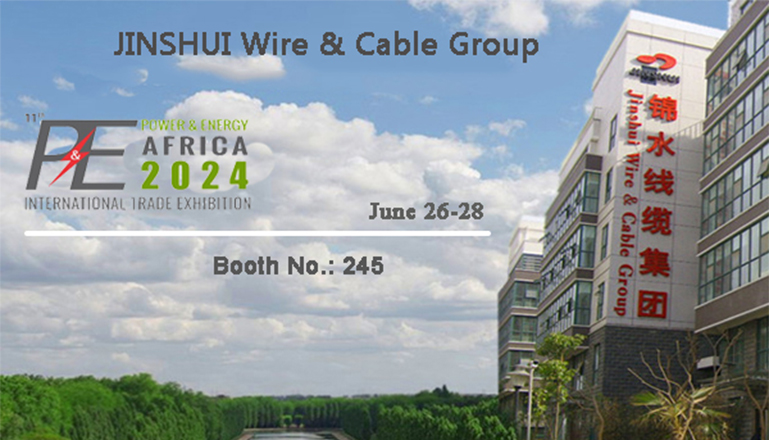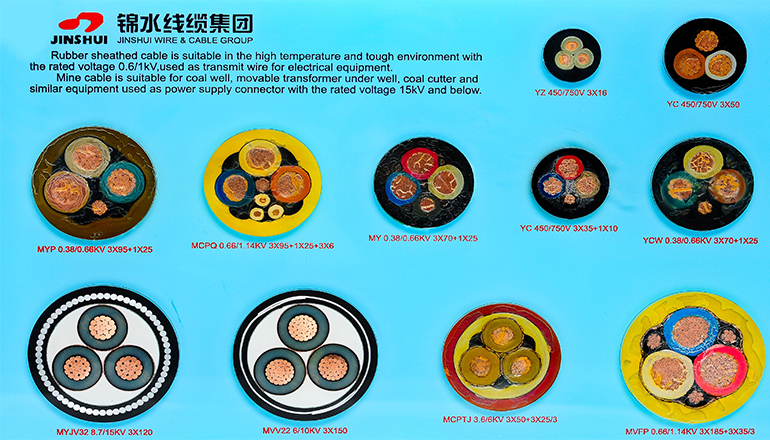- Offices Time:24 Hours Online
- Email:[email protected]
- WhatsApp:+8618339938759
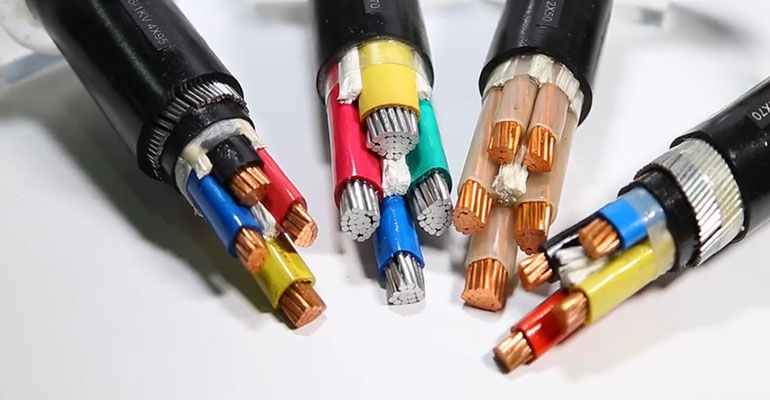
Posted on October 19, 2022
How to choose insulation material for wire and cable
The overhead insulated wire is to wrap the insulating material on the outside of the conductor with different thicknesses according to the requirements of its withstand voltage, which plays the role of isolating the belt wire from the outside world. After the insulated wire is energized, there will be heat generation. Therefore, the ideal insulating material should have good insulation and thermal conductivity, and should have good advantages in heat resistance, aging resistance, and mechanical properties. The insulating materials used for overhead insulated wires are generally weather-resistant polyvinyl chloride, polyethylene, high-density polyethylene, cross-linked polyethylene, etc., which are black mixtures.These insulating materials have the following characteristics:
1. Polyvinyl chloride insulating material (PVC)
It has good electrical and mechanical properties, relatively stable performance to acid and alkali organic chemical components, moisture resistance, flame retardant, low cost and easy processing. However, compared with other insulating materials, the insulation resistance is low and the heat resistance is relatively poor. Its long-term allowable operating temperature should not be greater than 70°C. Therefore, PVC insulation materials are generally only suitable for the outer sheath of low-voltage insulated wires or bundled insulated wires.
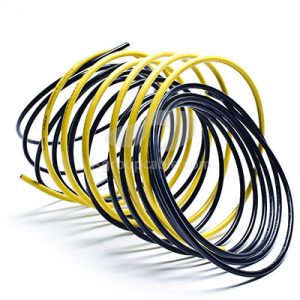
2.Polyethylene insulating material (PE)
It has excellent electrical properties, good chemical stability, good solubility at room temperature, very stable performance against non-oxidative acids and alkalis, and good moisture resistance and cold resistance. . However, the softening temperature of PVC insulating material is relatively low, and its long-term allowable working temperature should not exceed 70°C. In addition, environmental stress cracking resistance, oil resistance and weather resistance are relatively poor, and it is not flame retardant.
3. High-density polyethylene insulation material (HDPE)
Except that the long-term allowable power over temperature should not exceed 70°C and it is not flame-retardant, other main electrical and mechanical properties are close to cross-linked polyethylene materials.
4. Cross-linked polyethylene insulating material (XLPE)
It is formed by converting the linear molecular structure of polyethylene into a network structure by cross-linking. Its electrical properties are close to that of polyethylene, and its heat resistance is good. Its long-term allowable working temperature is 90°C, its overload resistance is strong, and it can avoid environmental stress cracking. Its mechanical and physical properties are better than those of PVC (polyvinyl chloride) and PE insulation materials. it is good. The advantages of XLPE insulated wire are also numerous.
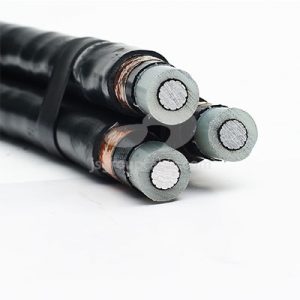
The cross-linking methods of cross-linked polyethylene include chemical cross-linking, radiation cross-linking, silane cross-linking and other chemical cross-linking: At present, high-voltage cables are mostly used in production technology. This process method is relatively mature in the world. The equipment is relatively sound and the quality is relatively stable. However, due to the high temperature when extruding the insulating material, it has a certain influence on the tensile strength of the hard wire. Irradiation cross-linking: The quality control of the process mainly lies in the dose and uniformity of irradiation, which can be checked by thermal extension test. If the process of radiation crosslinking is not well controlled, the insulating layer is prone to cracking. This point should be checked as a key point in product acceptance. Silane crosslinking: the production process is relatively simple, and the production cost is relatively low. This process is mostly tried in the production of low-voltage insulated wires. Due to the popularization of XLPE production lines and processes, XLPE insulated conductors are also widely used in low-voltage insulated wires and low-voltage household wires.
Post categories
Most Popular Posts
-
The 136th Canton Fair welcomes you to participate!
October 12, 2024 -
High temperature cable introduction
July 26, 2024 -
Kenya Power and Energy Exhibition 2024
June 11, 2024 -
Introduction of rubber sheathed cable
June 5, 2024


